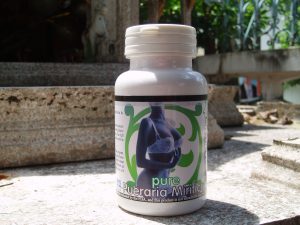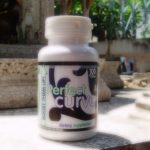Premenstrual Syndrome (PMS) is a medical condition characterized by a variety of physical and emotional symptoms felt by women before the onset of menstruation. Most common in women in their 20s and 30s, Premenstrual Syndrome is not due to a single factor as genetically, environmentally, psychologically and hormonal factors can all influence this condition.
Menstruation is the monthly vaginal discharge of blood and endometrial tissues that are shed from the lining of a woman’s uterus and is part of the menstrual cycle which prepares a woman’s body for pregnancy each month. The length of the cycle varies from woman to woman, and in some women it varies considerably from month to month and is regulated by the levels and interactions of certain hormones within this loop.
Related Blogs
- Related Blogs on Menstruation and the Menstrual Cycle
A pessary is a plastic product which fits in your vagina to aid and support your uterus (womb), vagina, bladder or rectum. The pessary is often times used for “prolapse” of the uterus. Prolapse means that your uterus droops or tends to “fall out” because it loses support after you give birth or have pelvic surgery.
There are many well known side effects of pregnancy and joint pain is just one of them, although perhaps less well known than morning sickness, swollen ankles and back pain. It is perhaps, reasonable to expect that there will be additional wear and tear on the joints because of the increase in weight and the redistribution of that weight due to pregnancy and joint pain is the inevitable result. The pelvis, hips, knees and ankles in particular are prone to becoming painful and hormonal changes can contribute to this as well.
In this article I will explore all the most important things you should know about utilising a vaginal dilator. You will learn what they are, why to use one and tips on how to use them properly.
The hardest part about being a woman is to worry about your health. The PMS, menopause, cramps, pregnancy and other issues that arise in a woman’s lifetime can be a headache, and they can also be a part of life. Something that should be taken seriously by all women is the possibility of an ovarian cyst rupture. How do you know when a cyst has ruptured, and what do you need to do after it does?
The most popular natural herbs when it comes to the menopause include Red Clover, Wild Yam, Dong Quai, Tyrosine, Damiana along with Chasteberry. Red clover extract can help minimize your symptoms associated with menopause and PMS (or premenstrual syndrome) as it contains phytoestrogens which will respond much like estrogen within the body. It’s even very effective for dealing with the various symptoms related to PMS.
Ovarian cysts are a common occurrence in women when having their period. As long as you are menstruating there is a chance that cysts will form. Most of these cysts come and go without you feeling a thing or even noticing it. The majority of these cysts are completely harmless.
A woman’s fertility peaks between the ages of 20 and 24, dropping to half by the age of 35 as fertility is affected by a woman’s age. Studies, however, show that more and more women are giving birth in their late 30’s and into their mid 40’s as more and more couples are making the choice to have babies later in life, due to whatever reason. At 40, most women are half as fertile again as they were at 35. What this means is the older you get, generally the longer it will take to conceive.
Sticking with a Candida diet plan is the first process with regard to coping with candida attacks. Latest studies suggest how the correct diet regime could be successful with stopping specific health issues as well as persistent conditions, such as Yeast attacks.


